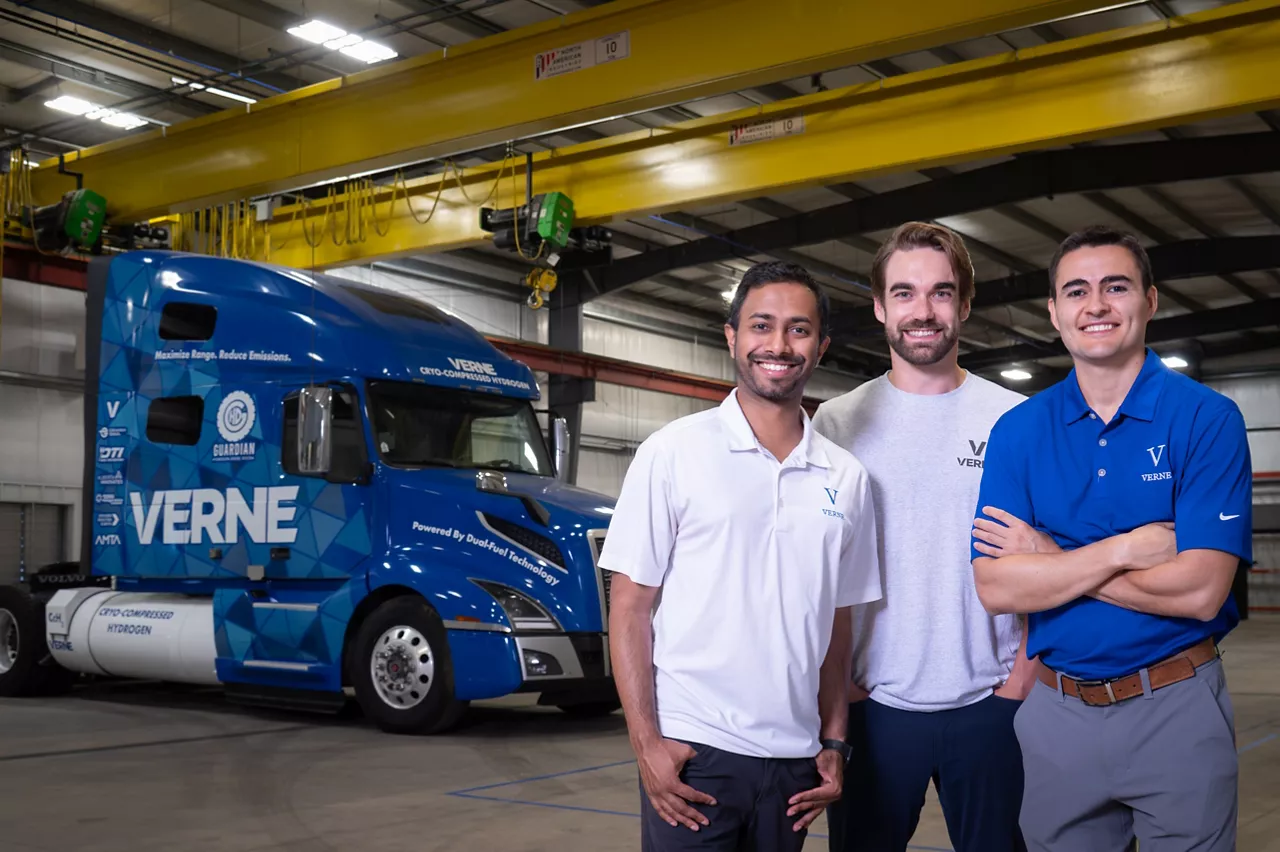Muncy, PA, July 10, 2025 - Governor Shapiro announced the establishment of Verne’s new manufacturing facility in Muncy, PA. Verne will produce storage vessels for efficiently transporting hydrogen and other low-carbon molecules. The project will create 61 new jobs in Lycoming County and establish a domestic supply of critical energy storage infrastructure.
Energy demand is growing rapidly in sectors including data centers, robotics and advanced manufacturing. The nation’s aging electricity grid is struggling to meet the growth in energy demand and is constraining the growth of businesses in these key sectors. Verne has developed energy solutions to flexibly and efficiently deliver power to data centers, construction sites, ports, airports and other critical sectors. Establishing this manufacturing facility will allow Verne to scale up our production and deploy energy solutions that keep these critical industries running.
“After conducting a nationwide search, we determined that North Central Pennsylvania was the perfect place to establish our manufacturing footprint. The proximity to key partners in the region was a crucial factor, as it will allow Verne to leverage their expertise to optimize our supply chain and manufacturing processes,” said Ted McKlveen, Verne Co-founder & CEO. “This facility will accelerate our impact in delivering energy to power critical industries that are currently not being served by our nation’s electricity grid.”
Verne received $1.27 million in support from the Commonwealth of Pennsylvania: “This investment in Verne is another example of how the Shapiro Administration is diversifying our energy sector while fostering innovation and supporting the Commonwealth’s vital manufacturing industry,” said DCED Secretary Rick Siger. “It also shows what Governor Shapiro’s 10-year Economic Development Strategy is achieving — firmly establishing Pennsylvania’s status as a leader in innovation, economic development, and job creation.”
Verne is thankful for the support of Governor Shapiro, the Pennsylvania Department of Community and Economic Development (DCED), and the Williamsport/Lycoming Chamber of Commerce for this development.
Read more: https://dced.pa.gov/newsroom/governor-shapiro-announces-4-5-million-investment-from-energy-storage-innovator-verne-inc-to-build-its-first-manufacturing-facility-in-lycoming-county-creating-61-jobs-and-growing-pennsylvania/
About Verne
Verne’s mission is to decarbonize the most challenging sectors of the economy. Verne provides modern and rapidly deployable power solutions to critical sectors including data centers, construction sites, ports, and airports. Verne is supported by Amazon’s Climate Pledge Fund, Breakthrough Energy Fellows, Caterpillar VC, NextEra Energy Resources, United Airlines Ventures Sustainable Flight Fund, Collaborative Fund, ARPA-E, The U.S. Army, and other leading organizations.


.png)


